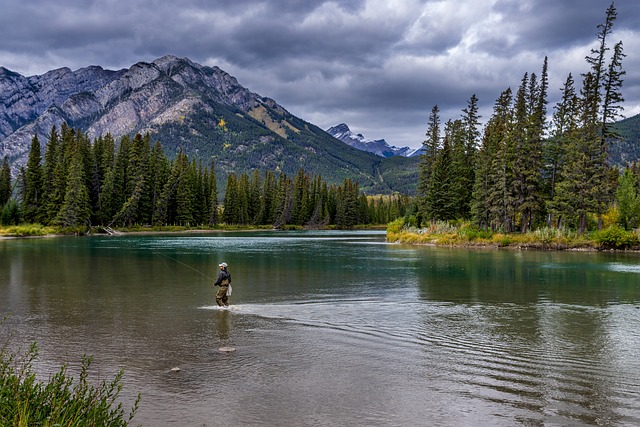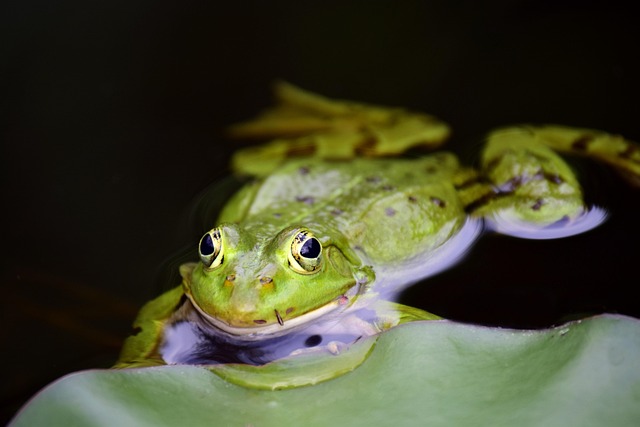
Exploring Amphibians in National Parks: A Dive into Animal Diversity in Nature
Exploring Amphibians in National Parks: A Dive into Animal Diversity in Nature
When we think of national parks, majestic mountains, dense forests, and sprawling meadows often come to mind. However, hidden within these stunning landscapes lies a world teeming with life, where the captivating realm of amphibians flourishes. These remarkable animals play a crucial role in maintaining the health of ecosystems, and their presence enhances the rich tapestry of biodiversity that national parks strive to protect.
The Fascinating World of Amphibians
Amphibians, including frogs, toads, salamanders, and newts, represent a unique group of animals that possess an extraordinary ability to thrive in both aquatic and terrestrial environments. Their life cycle, which typically involves a metamorphosis from a water-dwelling larva to a land-dwelling adult, creates an intimate connection between land and water ecosystems. National parks offer these creatures the wetland habitats and clean waterways they desperately need to survive and flourish.
Habitats and Habitats: Meet the Amphibian Residents
Exploring the vastness of national parks can reveal a variety of habitats, each offering a distinct environment for amphibians. From crystal-clear mountain lakes to vibrant wetlands and lush forests, these diverse landscapes are home to numerous amphibian species. For instance, the Yosemite National Park hosts the Yosemite Toad, known for its unique adaptation to the alpine environment, while the Great Sand Dunes National Park is home to the Plains Leopard Frog, which thrives in the park’s wetlands.
The Role of Amphibians in Ecosystems
Amphibians serve as indicators of environmental health. They are sensitive to changes in their surroundings, making them crucial for assessing the impacts of climate change, pollution, and habitat destruction. In national parks, the presence of diverse amphibian populations can signal a thriving ecosystem. As both predator and prey, amphibians also help regulate insect populations, ensuring a balanced food web that supports other wildlife.
A Call to Conserve
As we explore the beauty of national parks, it is essential to recognize the vulnerability of amphibians. Many species face threats from habitat loss, disease, and climate change. Parks provide a safe haven for these creatures, but the effort to conserve and protect their habitats must extend beyond park boundaries. By supporting conservation initiatives and practicing responsible outdoor ethics, we can ensure that these fascinating amphibious residents continue to thrive in their natural habitats.
Encouraging Exploration
Whether you’re an avid hiker, a nature photographer, or simply someone who enjoys the outdoors, consider taking the time to appreciate the often-overlooked amphibians during your next visit to a national park. Stop by a tranquil pond at dusk to hear the chorus of frogs, or carefully turn over a log to spy on a hidden salamander. These small discoveries can deepen your connection to nature and highlight the importance of preserving the habitats that make national parks a sanctuary for such incredible wildlife.
So the next time you venture into the wild, keep your eyes and ears open to the enchanting world of amphibians. They are waiting to share their stories with you amidst the breathtaking scenery and diverse ecosystems of our cherished national parks.



